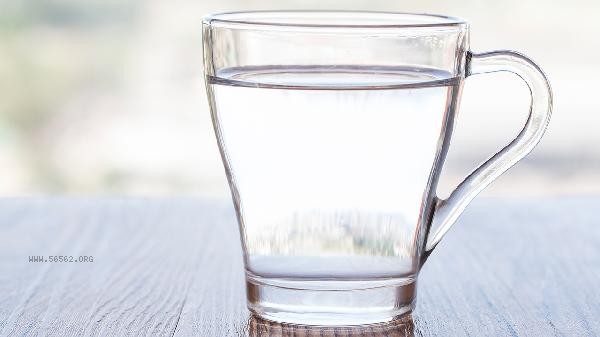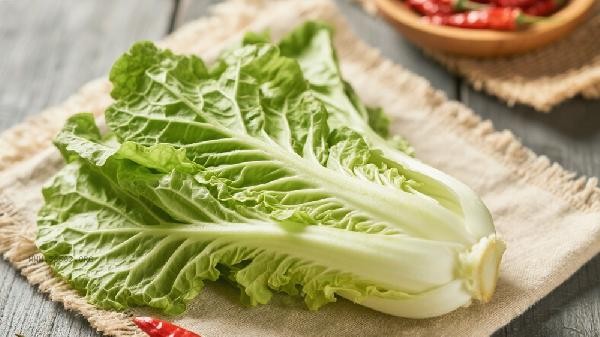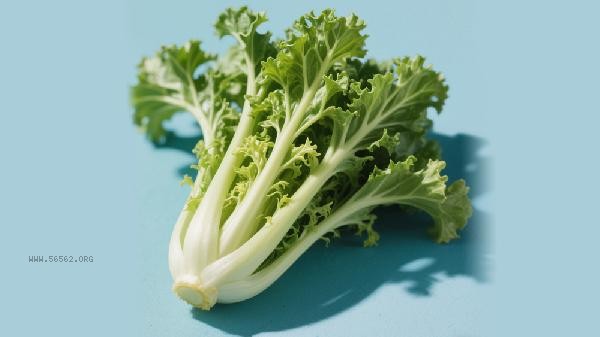The correct method for boiling mustard greens requires mastery of blanching time, heat control, and seasoning techniques. The main steps include cleaning, rapid blanching, cold water cooling, and seasoning and mixing. Mustard greens are rich in vitamin K and dietary fiber. Proper cooking can preserve nutrients and remove bitterness.

1. Cleaning treatment
Select fresh and tender mustard greens with full leaves, cut off the old roots, and wash them piece by piece. Soaking in diluted salt water for ten minutes can remove pesticide residues, and when rinsing with running water, focus on cleaning the folds on the petioles. The thick stem can be sliced thinly with an oblique knife to ensure even heating, and if the leaves are too large, they can be torn apart in half.
2. Quick Blanching
Boil the water in the pot until it boils, then add a small amount of cooking oil. First, blanch the stem for 20 seconds before removing the leaves. Maintain high heat throughout the process and use a spoon to flip the mustard greens until they are completely immersed in boiling water. Immediately remove the leaves when they turn dark green, with a total duration of no more than one minute.
3. Cool the blanched mustard greens with cold water
Quickly pour them into ice water or flowing cold water to cool them down. This step can lock in chlorophyll and maintain their emerald green color. When squeezing out the water, gently press it with your hand. Excessive squeezing can cause cell wall rupture and nutrient loss. If cutting is required, it should be done after cooling.

4. Seasoning and Mixing
Dried mustard greens can be seasoned with minced garlic, soy sauce, or oyster sauce. For those who enjoy spicy food, add millet pepper rings to enhance the flavor. Sesame oil can neutralize the slight bitterness of mustard greens, and a small amount of white sugar can enhance freshness. Cold dishes should be eaten and mixed immediately to avoid prolonged exposure to water and affecting taste.
Fifth, Nutritional Matching
Pairing with dried tofu or shiitake mushrooms can increase protein absorption and promote vitamin A utilization when eaten with carrots. The blanched vegetable soup containing potassium can be used as a broth, but gout patients should discard it. For gastrointestinal sensitive individuals, it is recommended to extend the blanching time to two minutes. Mustard greens containing decomposition products of glucosinolates may irritate the gastrointestinal mucosa, and those with weak digestive function should control their consumption. Daily cooking can alternate between stir frying and serving soup to avoid a lack of nutrition. Choosing organically grown mustard greens can reduce the accumulation of bitter substances, and the tender buds harvested in spring have the best taste. When storing, wrap the roots in a wet tissue and refrigerate for three days to keep them fresh. For frozen storage, blanch before packaging. Special populations such as thyroid disease patients are advised to consult a physician before consumption.









Comments (0)
Leave a Comment
No comments yet
Be the first to share your thoughts!